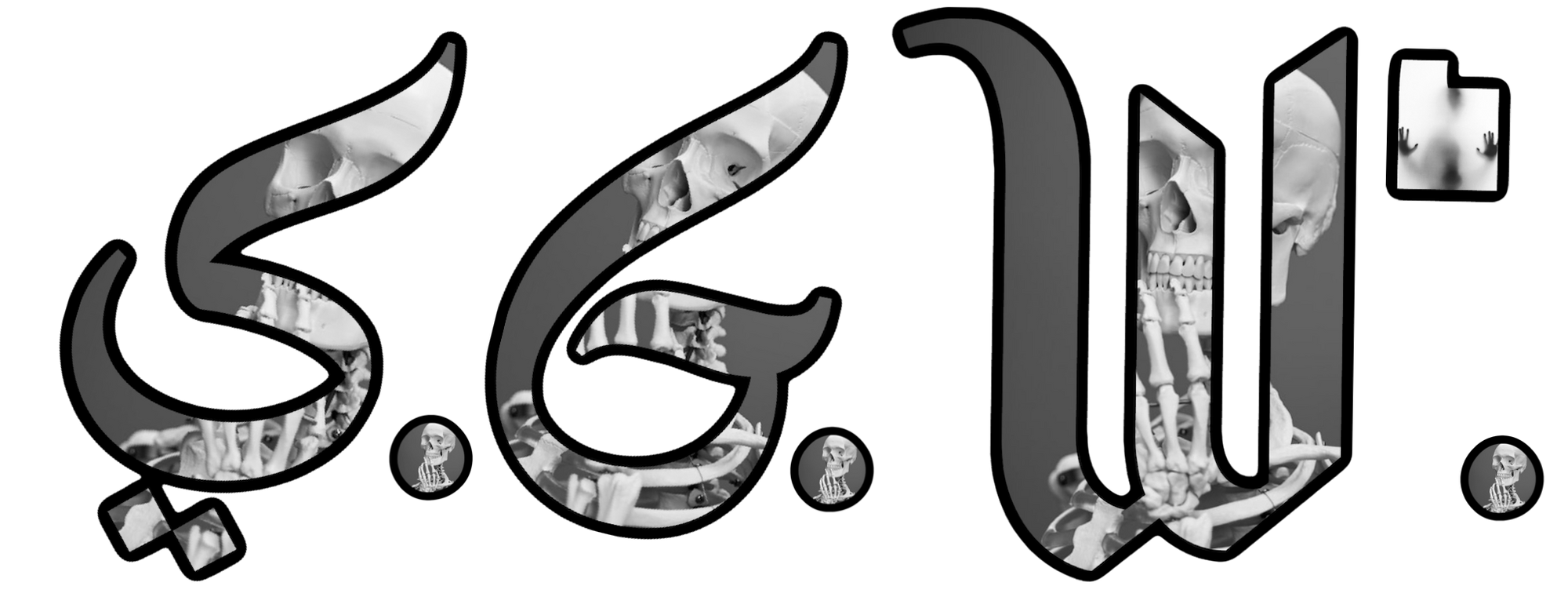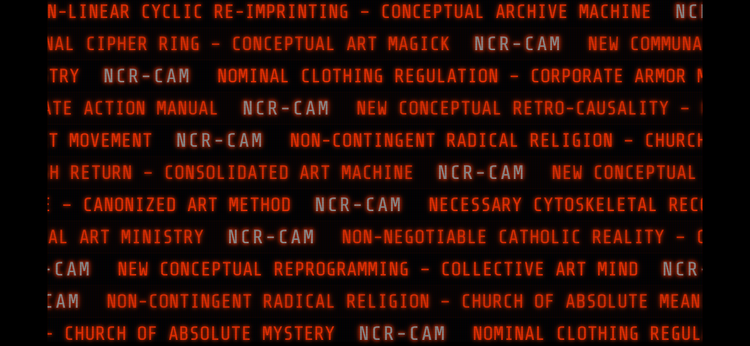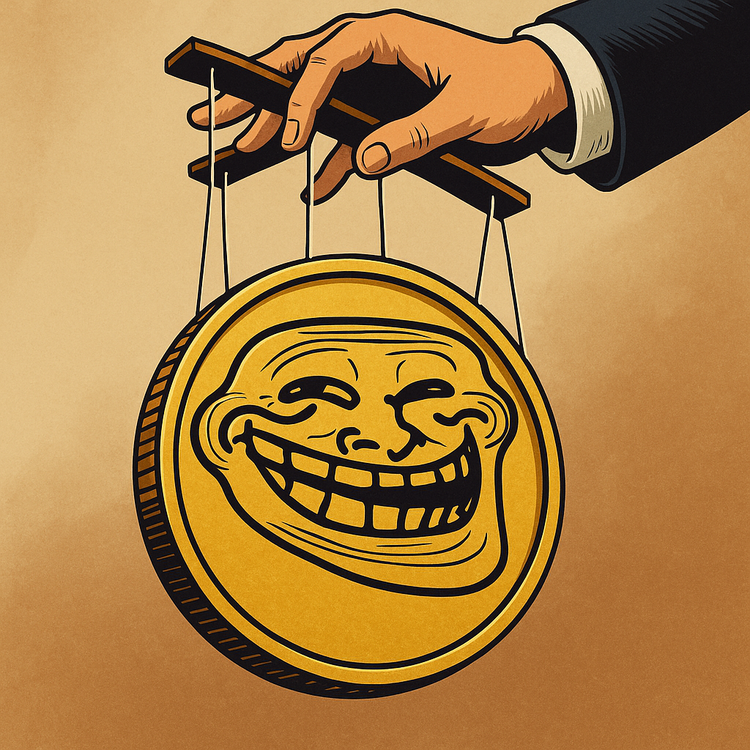Elon Musk’s Pattern: From Tesla to Dogecoin, and Possibly to Government Efficiency

Elon Musk has a knack for taking over fledgling projects, reshaping them under his vision, and sometimes steering them away from their original goals. We’ve seen this with Tesla and Dogecoin, and if we suppose this trend continues into a hypothetical role as head of the Department of Government Efficiency under Donald Trump, the pattern becomes even more intriguing. Let’s dive into how Musk’s involvement has impacted these ventures and how it might play out in the governmental sphere.
Tesla: The Affordable Car That Wasn’t
Tesla started with a straightforward mission: to create affordable electric cars for the masses. Founded in 2003 by Martin Eberhard and Marc Tarpenning, the company aimed to revolutionize the auto industry with accessible green technology. Enter Elon Musk in 2004 as a major investor and chairman. While Musk’s leadership propelled Tesla into the spotlight, the focus shifted to high-end vehicles like the Roadster and Model S—cars priced well beyond the reach of average consumers.
Musk often presents himself as the inventor of Tesla, overshadowing the original founders and their vision. The affordable electric car became a luxury item, more a status symbol than a means to make sustainable transportation mainstream. It’s as if the “car for everyone” got a makeover for the elite, leaving the initial goal in the rearview mirror.
Dogecoin: From Meme to Musk’s Mascot
Dogecoin was born in 2013 as a joke—a fun, friendly cryptocurrency based on the popular “Doge” meme. Created by Billy Markus and Jackson Palmer, it was never meant to be taken seriously. The community embraced this, using Dogecoin for tipping online and raising funds for charitable causes. It was the people’s coin in the truest sense, lighthearted and accessible.
Then came Elon Musk, tweeting memes and dubbing Dogecoin “the people’s crypto.” His influence sent the coin’s value skyrocketing, attracting speculators and shifting the focus from community to hype. The once-simple joke turned into a volatile investment vehicle. Musk’s involvement co-opted Dogecoin’s original spirit, turning it into another extension of his personal brand.
Hypothetical Leap: Government Efficiency Under Trump
Now, let’s suppose Musk takes on a new role as head of the Department of Government Efficiency under Donald Trump. Given his track record, we might expect a similar pattern. The original intent of such a department would likely be to streamline government operations for the benefit of all citizens—making services more accessible and reducing bureaucracy.
However, Musk’s approach could shift the focus to high-profile projects that grab headlines but don’t necessarily serve the broader population. Initiatives might lean toward benefiting specific groups or advancing his personal interests, much like Tesla’s pivot to luxury cars and Dogecoin’s transformation under his influence. The core goal of improving government efficiency for everyone could be overshadowed by grandiose plans that look impressive but miss the mark on practicality and inclusivity.
A Consistent Trend
Across these examples, a consistent theme emerges: Musk’s tendency to take over and reshape projects, often steering them away from their foundational purposes. The affordable car becomes a luxury item. The joke cryptocurrency becomes a speculative asset tied to his persona. A hypothetical government role could follow the same path, with initial goals sidelined in favor of endeavors that amplify his brand rather than serve the intended audience.
Conclusion
Elon Musk’s influence is undeniable. He has the ability to elevate projects to new heights, but this often comes at the cost of their original missions. Whether it’s pricing out the average consumer from owning an electric car, transforming a meme coin into a personal mascot, or potentially redirecting a government department’s goals, the pattern is clear. The initial ideals—accessibility, community, efficiency—get lost in the shuffle as the spotlight shifts to Musk himself.
Conclusion
Elon Musk’s pattern of co-opting projects and steering them away from their original intentions is not just a quirk—it’s a concerning trend that poses significant risks. By centralizing control over decentralized systems like Dogecoin, he undermines the very principles that made these innovations appealing: community governance, accessibility, and independence from dominant figures. This centralization mirrors his approach with Tesla, where the vision of an affordable electric car for the masses was sidetracked in favor of luxury vehicles catering to the wealthy.
If this trajectory continues into a hypothetical role as head of the Department of Government Efficiency under Donald Trump, the implications could be even more troubling. The original goal of making government operations more efficient and accessible could be compromised by initiatives that prioritize personal branding and control over genuine public benefit. Such a shift could lead to increased centralization of power, reduced transparency, and policies that serve the interests of a select few rather than the general populace.
This pattern of behavior suggests a disregard for foundational values and a propensity to reshape systems to fit personal ambitions. By overshadowing original creators and communities, Musk’s actions contribute to the erosion of collaborative progress and the marginalization of diverse voices. In a world that increasingly relies on decentralized networks and collective efforts, such centralization poses a real danger. It risks consolidating influence in the hands of individuals rather than empowering communities, ultimately hindering innovation and equitable advancement.
Elon Musk’s influence is not just a force of disruption; it can be a destabilizing factor that threatens the integrity of projects and institutions alike. His tendency to prioritize personal vision over collective good raises concerns about the impact on society at large. As we consider the future of technology, finance, and governance, it’s crucial to remain vigilant about the concentration of power and to advocate for systems that uphold their original, inclusive ideals. Allowing one individual’s agenda to overshadow collective goals not only undermines progress but also poses a risk to the broader global community.
Aside adendum:
Economic Consolidation and the New Feudalism: The Trump-Musk Power Couple
Once upon a time, American politics was a battlefield of ideologies. Now, it’s just a reality show where billionaires bankroll their favorite episodes. And in 2024, two titans of ego, ambition, and unchecked influence came together to produce the biggest blockbuster yet: The Trump-Musk Alliance.
The 2024 election wasn’t just about votes—it was about dollars, and Elon Musk came to play. With his custom-made PAC, backed by a mountain of Tesla stock and cryptocurrency memes, Musk funneled hundreds of millions into Trump’s campaign. It wasn’t exactly subtle; the ads practically wrote themselves: “Re-Elect Trump—Brought to You by SpaceX.”
Musk’s PAC didn’t just buy ad space; it bought the narrative. Starlink blanketed rural America with free internet, ensuring every swing-state voter had a front-row seat to Trump’s digital rallies—streamed exclusively on X, of course. And when Trump promised a “return to greatness,” Musk was right behind him, nodding and tweeting, “Let’s make Earth great again before we colonize Mars.”
But why would Musk, who once called Trump a “bullsh*t artist,” suddenly cozy up to the man? Simple: power loves power. Trump offered Musk the one thing he couldn’t buy on his own—regulatory favoritism on steroids. Tax breaks for Tesla? You got it. Federal contracts for SpaceX? Done. A Pentagon-backed Neuralink “mind defense” initiative? Why not?
And Trump? He got what he wanted too—a billionaire partner with tech dominance and enough cash to drown out his competitors. Together, they were unstoppable. Musk provided the infrastructure, and Trump provided the spectacle. It was the perfect symbiosis: one controlled the narrative, and the other controlled the platforms distributing it.
The 2024 campaign became less about policy and more about The Deal. Trump pledged that SpaceX would become America’s official space program. Musk, in turn, promised a fleet of Cybertrucks for the Secret Service. They even announced a joint project: a MAGA-branded Mars colony. “We’re taking greatness to the stars,” Trump declared, while Musk tweeted a rendering of a red planet with “Trump Tower Mars” gleaming in the background.
But behind the glitz, the alliance revealed a darker reality: the new feudalism was here. Musk and Trump didn’t just control industries—they controlled the infrastructure of our lives. Want to vote? Do it on Starlink. Need gas? Sorry, only Teslas are allowed on Trump’s federally funded highways. Public discourse? Exclusively hosted on X, with Trump as a “verified” super-user and everyone else a spectator.
What started as a campaign ended as a merger. The Trump-Musk alliance wasn’t just a partnership; it was a blueprint for the future. A world where elections are bought, not won. Where tech moguls and politicians don’t compete—they collaborate. And where the rest of us, the serfs of this brave new world, can only hope the overlords let us charge our Teslas in peace.
Welcome to the future of democracy, brought to you by PACs, power, and the unholy marriage of tech and politics. Long live the kings.






Member discussion